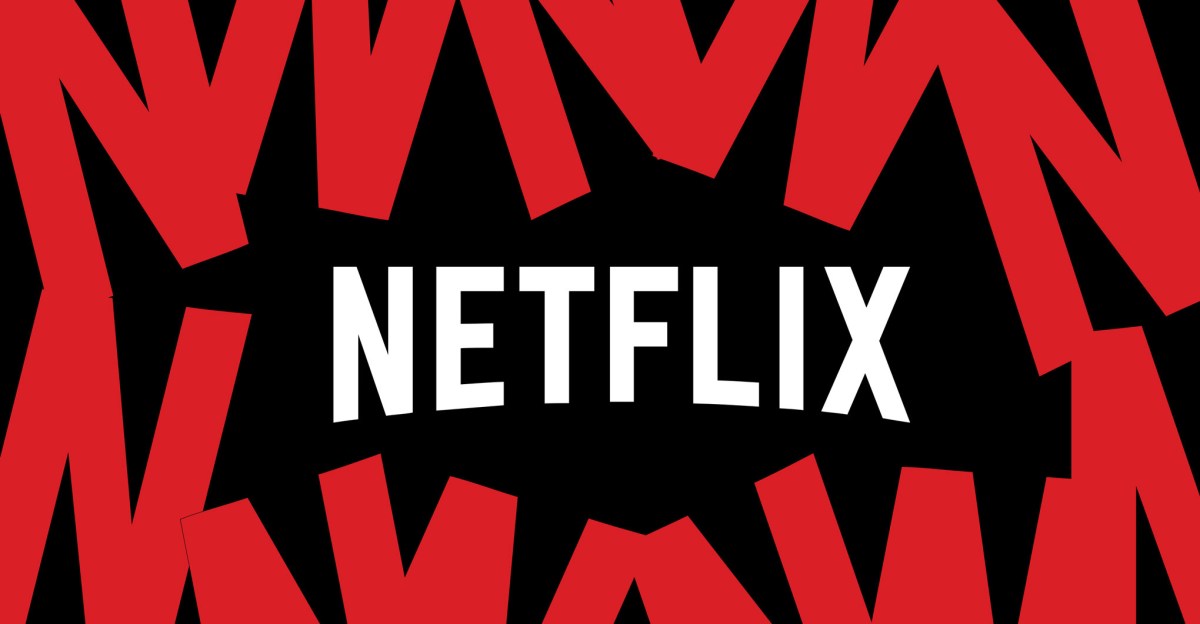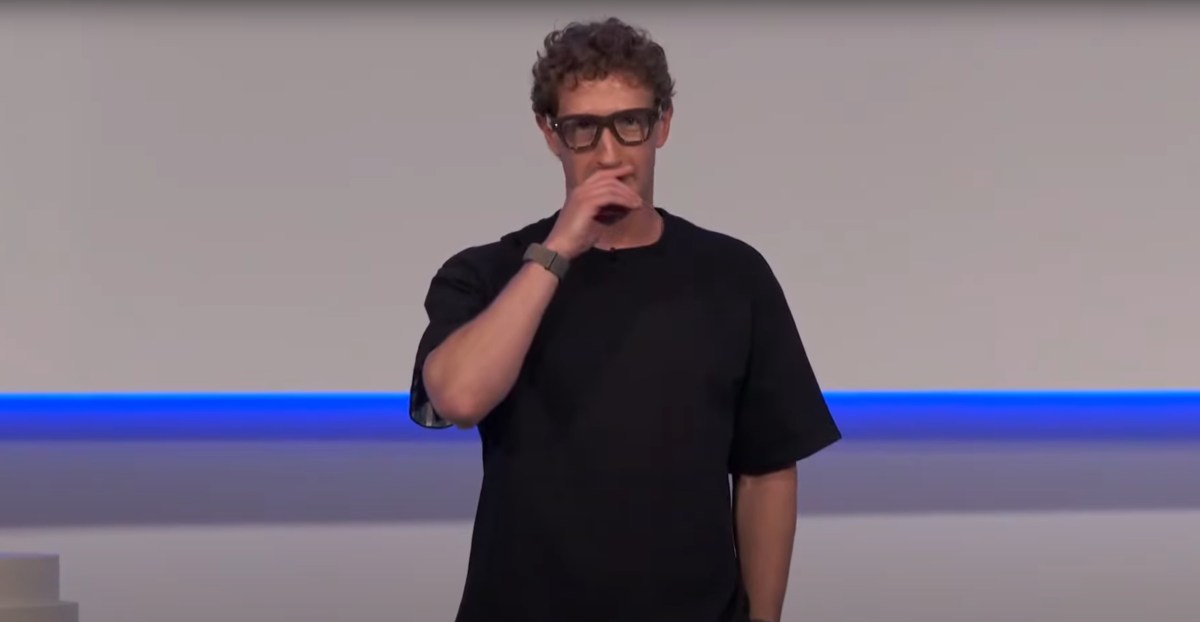
Netflix's Gen AI Production Guidelines: What Partners Must Follow
Sources: https://www.theverge.com/netflix/764433/netflix-gen-ai-production-guidelines, The Verge AI
TL;DR
- Netflix published guiding principles for the use of generative AI in production through its Partner Help Center, emphasizing responsible use and audience trust. Source
- Partners should share any intended GenAI use with their Netflix contact, especially as new tools with varying capabilities and risks emerge.
- Most low‑risk use cases following the guidelines are unlikely to require legal review; outputs that involve final deliverables, talent likeness, personal data, or third‑party IP require written approval before proceeding.
- Netflix stresses the need to manage legal risks and to avoid blurring the line between fiction and reality, aiming to preserve trust with audiences.
Context and background
Netflix has faced criticism over the use of AI in media, notably in Jenny Popplewell’s 2024 documentary What Jennifer Did, which included AI-generated imagery that replaced archival photos. This event highlighted gen AI’s potential to distort reality in contexts where viewers expect factual accuracy. In response, Netflix published a post on its Partner Help Center hub detailing guiding principles for GenAI use in production. The company describes gen AI tools as valuable creative aids that can help creators rapidly generate new and creatively unique media across video, sound, text, and image. Given the rapid evolution of the gen AI landscape, Netflix wants to set expectations for its partners and reduce risk by outlining clear practices for disclosure and approval. Netflix notes that audiences should be able to trust what they see and hear on screen. The post emphasizes awareness of the legal risks that can arise when GenAI workflows are not discussed with management and the company’s legal team before production proceeds. The broader context includes Netflix co‑CEO Ted Sarandos remarks about AI representing opportunities to enhance creativity, not just lower costs, and references to projects like The Eternaut to illustrate potential cost efficiencies in production.
What’s new
The core of Netflix’s update is a set of guiding principles described as essential for responsible GenAI use in production. The company states that most low‑risk use cases aligned with these principles are unlikely to require legal review. However, if GenAI output is expected to include final deliverables, talent likeness, personal data, or third‑party IP, written approval from Netflix is required before moving forward. Partners are expected to share any intended GenAI use with their designated Netflix contact, and to escalate to that contact for guidance if there is any doubt about compliance. The guidance also underscores that the GenAI space is moving quickly, with tools offering different capabilities and risk profiles, so ongoing communication with Netflix is necessary.
Why it matters (impact for developers/enterprises)
For developers and production teams, these guidelines establish a formal gatekeeping process for GenAI usage. The requirement to disclose intended use helps Netflix assess risk up front and determine whether legal or policy reviews are warranted. This is especially relevant for outputs that might involve talent likeness or third‑party IP, where negotiated rights and clearances are critical. The emphasis on audience trust means teams must consider how GenAI outputs could affect perceptions of truth and authenticity, particularly in documentary contexts or factual storytelling. From an enterprise perspective, the guidelines encourage a proactive governance approach to GenAI tooling. By requiring escalation to a Netflix contact when unsure, Netflix is promoting a structured decision‑making flow that can help prevent reputational or legal issues that could arise from misrepresentative or misleading generated content. The stance also aligns with broader industry concerns about the responsible use of AI in media production and the potential financial and legal consequences of noncompliance.
Technical details or Implementation
- The guidance positions GenAI as a creative aid that assists in rapidly generating media outputs across multiple modalities, including video, sound, text, and image. This framing supports a broad range of creative workflows while signaling caution around certain outputs.
- The process starts with disclosure: partners should inform their Netflix contact about any intended GenAI use. Given the evolving landscape of GenAI tools, this disclosure enables Netflix to assess risk and advise on next steps.
- There is a clear threshold for legal review: most low‑risk use cases described as following the guiding principles may not require legal review. However, if outputs will become final deliverables or involve sensitive elements such as talent likeness, personal data, or third‑party IP, written approval from Netflix is required before production proceeds.
- If partners are unsure or aware that they are not adhering to the rules, the guidance encourages escalation to the designated Netflix contact for additional guidance before proceeding. This path can preempt potential issues and ensure alignment with Netflix’s policies and legal considerations.
- The emphasis on audience trust implies that teams should consider how GenAI content could be perceived as misleading or as distorting reality, and plan accordingly to minimize misrepresentation.
Key takeaways
- GenAI is considered a valuable creative aid by Netflix, not a blanket permission to use AI without oversight.
- Disclosure to Netflix is a prerequisite for many GenAI workflows, especially as new tools with different capabilities emerge.
- Written approvals are mandatory for outputs involving final deliverables, talent likeness, personal data, or third‑party IP.
- When in doubt, partners should escalate to their Netflix contact to obtain guidance before proceeding.
- The overarching goal is to preserve audience trust and prevent artificial content from blurring the line between fiction and reality.
FAQ
-
Do low‑risk GenAI uses always avoid legal review?
Most low‑risk uses following the guiding principles are unlikely to require legal review, but outputs that include final deliverables, talent likeness, personal data, or third‑party IP require written approval.
-
How should partners engage with Netflix on GenAI plans?
Partners should share their intended GenAI use with their designated Netflix contact and escalate to that contact for guidance if there are uncertainties or if compliance questions arise.
-
Why is audience trust a core concern in these guidelines?
Netflix notes that audiences should be able to trust what they see and hear, and GenAI has the potential to blur fiction and reality or mislead viewers if not carefully managed.
References
More news
First look at the Google Home app powered by Gemini
The Verge reports Google is updating the Google Home app to bring Gemini features, including an Ask Home search bar, a redesigned UI, and Gemini-driven controls for the home.
Meta’s failed Live AI smart glasses demos had nothing to do with Wi‑Fi, CTO explains
Meta’s live demos of Ray-Ban smart glasses with Live AI faced embarrassing failures. CTO Andrew Bosworth explains the causes, including self-inflicted traffic and a rare video-call bug, and notes the bug is fixed.
OpenAI reportedly developing smart speaker, glasses, voice recorder, and pin with Jony Ive
OpenAI is reportedly exploring a family of AI devices with Apple's former design chief Jony Ive, including a screen-free smart speaker, smart glasses, a voice recorder, and a wearable pin, with release targeted for late 2026 or early 2027. The Information cites sources with direct knowledge.
Shadow Leak shows how ChatGPT agents can exfiltrate Gmail data via prompt injection
Security researchers demonstrated a prompt-injection attack called Shadow Leak that leveraged ChatGPT’s Deep Research to covertly extract data from a Gmail inbox. OpenAI patched the flaw; the case highlights risks of agentic AI.
How chatbots and their makers are enabling AI psychosis
Explores AI psychosis, teen safety, and legal concerns as chatbots proliferate, based on Kashmir Hill's reporting for The Verge.
Google expands Gemini in Chrome with cross-platform rollout and no membership fee
Gemini AI in Chrome gains access to tabs, history, and Google properties, rolling out to Mac and Windows in the US without a fee, and enabling task automation and Workspace integrations.





